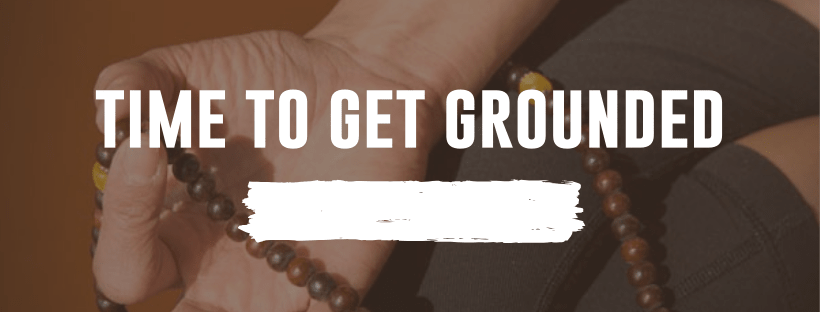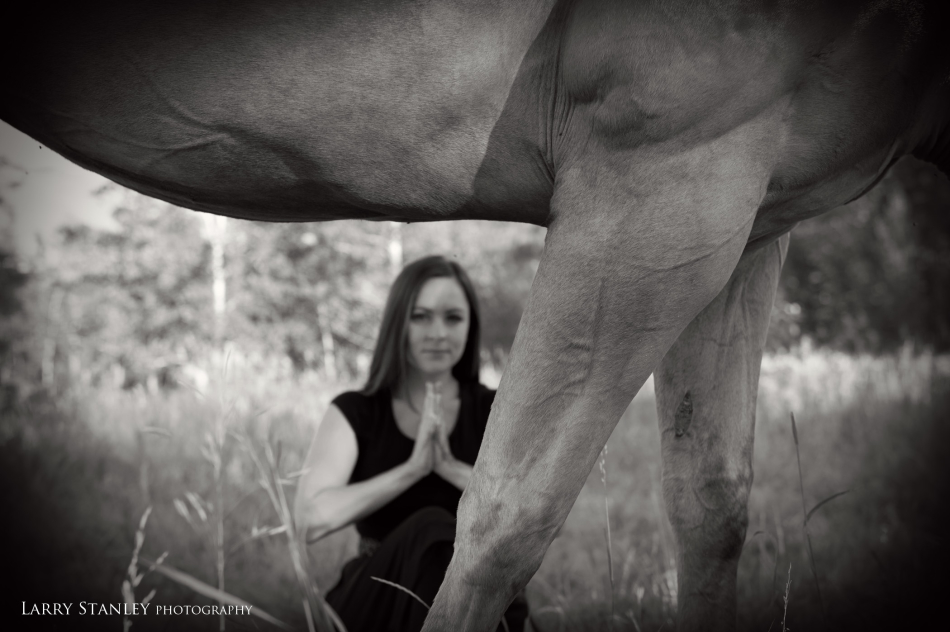
I’ve known all along that yoga is the answer to almost every problem. I’ve been doing it long enough to have tested that theory over and over. I’m sure non-yogis tire of me asking the question, “Have you tried yoga?”
But, truly, there aren’t a lot of quick n’ easy fixes like yoga out there… so why wouldn’t you give it a go? All you need is the desire to try and a yoga mat or other flat surface. Those of us with an established yoga practice are in a better position to cope with the intense anxiety that is the by-product of the current global health challenge.
Yogis are also in a position to help others try what we know works.
While we stay hOMe for the next little while, we’ll find new ways we can share yoga and its benefits with you here and on Facebook and Instagram. We’re kicking things off with yoga ideas for anxiety from Caitlin in this post. We’ll be following this up soon with a Cowgirl Yoga themed mala making & purifying kit, so stay tuned.
– Yeehaw & Namaste, Margaret

Those of us who live with anxiety on a daily basis know that becoming calm takes so much more than a walk or breathing deeply. Over the years, I have put together a set of strategies that often help ease anxiety, especially in these times of worry, doubt, and uncertainty. During this time (which will pass, friends), I hope some of these ideas bring you comfort.
What is Anxiety Anyway?
Anxiety is defined as “a feeling of worry, nervousness, or unease, typically about an imminent event or something with an uncertain outcome.”
Anxiety can be triggered by our environment, our family or situation, our past traumas, and a ton of other triggers that vary from person to person. Typically, anxiety shows up in the body when we feel unsafe, out of control, or overwhelmed.
Anxiety most often manifests itself in these ways, which may be heightened right now by the Corona Virus:
- Feeling nervous, fidgety, or “on edge”.
- Not being able to stop or control worrying.
- Thinking or picturing the “worst case scenario.”
- Trouble relaxing or sleeping, including insomnia.
- Being so restless that it’s hard to sit still or concentrate.
- Becoming easily annoyed or irritable.
- Feeling afraid of or panicked by everyday situations (e.g. grocery shopping, going to work).
- Feeling unable to leave the house or canceling plans because of anxiety.
You’re not alone feeling these feelings, friends. But they are simply that — feelings — not realities.
Upward vs. Downward Energy
Anxiety tends to manifest in the body as “upward moving energy.” It’s why we might feel lightheaded or short of breath. It’s why our shoulders tend to rise up towards our ears, and we have a hard time taking a deep breath.
When we embrace some proven practices to help manage our anxiety, the goal is to move that energy downward in the body.
I like to think of the body as a french press!
When your anxious energy is flowing, we need to move the energy down. Think of a french press plunger in the body pushing all the energy down towards the floor, literally grounding you.
7 Tools to Help Manage Anxiety
- Aromatherapy. Lavender, peppermint, and vetiver are favorites to calm my nerves and help me breathe a little more slowly and deeply.
- Warm, soft foods. Cooked vegetables, soup, stews, chili, etc. are perfect. If possible, avoid cold and crunchy food and drinks.
- Restorative and Yin Yoga. Practice slow, passive practices that allow the body time to rest, ground, and move energy downwards. If possible, avoid hot yoga and practices that build a lot of heat (upward moving energy) in the body. Here are just a few ideas: Restful, Restorative Yoga and Doable Daily Yoga. Our fave quarantine yoga resource is Glo.com, which has many restorative and yin options to choose from. (They even offer a 2-week free trial. If not now, when?)
- Have a soft belly. Allowing your belly to relax will allow a deeper, more full breath. Let the belly expand like a balloon as you inhale, and come back in as you exhale.
- Mudras. Mudras are gestures, typically involving the hands, that have an intended effect on the body’s energies. They are commonly used during meditation, and sometimes added to certain asanas too. A simple grounding mudra is simply placing your fingertips on the ground on either side of you — or if sitting in a chair, place fingertips on your legs.
- Focus on the Root Chakra for grounding. The root chakra is located at the base of the spine, and is associated with a deep red color. Your root is the space where security, stability, and safety all live. When your root chakra is out of balance, you may feel scattered, unsafe, and ungrounded. When your root is in alignment, you will feel stable, grounded, and have a sense of safety when it comes to basic human needs. Doing yoga poses like savasana, baddha konasana and supported bridge can help to bring the root back into alignment. (Good news: Glo.com offers yoga practices and meditations that include the root chakra.)
- Virtual talk therapy. We’re lucky enough to live in a world that stays technologically connected even when we’re physically distanced. Services like Talkspace offer confidential, online, professional therapy support. Plus, it’s a company you can feel good about — they’re donating free therapy to medical workers treating the virus. #blessthem
Please reach out if you need more suggestions or clarification. We’re all in this together — and will get through this together.
XOXO, Caitlin
Caitmav10@gmail.com
@ckyoga
Additional Resources:
The Heal Your Gut Cookbook by Hilary Boynton & Mary G. Brackett
Wheels of Life by Anodea Judith
The Spirit Almanac by Emma Loewe & Lindsay Kellner
How to Relax by Thich Nhat Hanh
The Complete Guide to Yin Yoga by Bernie Clark
In Focus Essential Oils & Aromatherapy, Your Personal Guide by Marlene Houghton